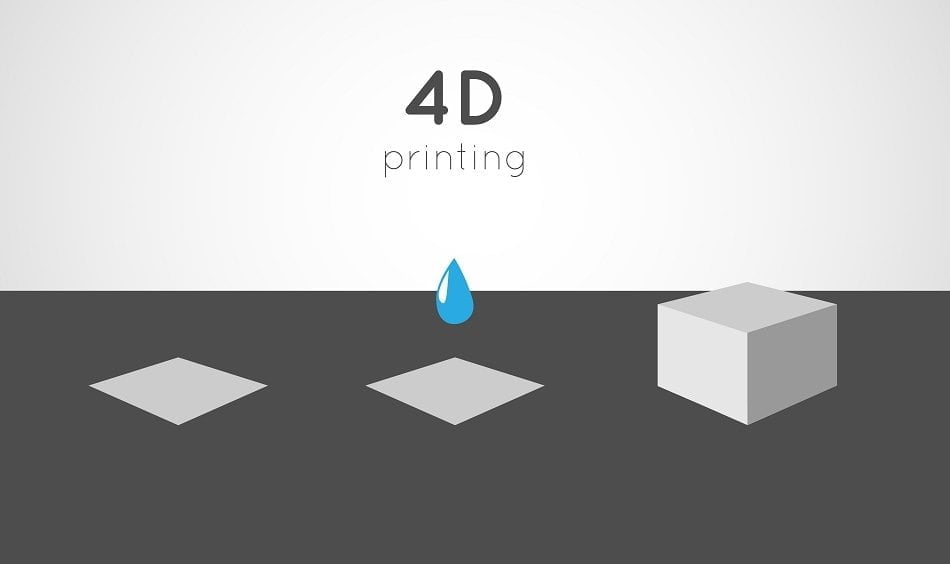When it comes to human evolution, whoever lasts it wins. Progress is key: without them our lives would be stagnant. One example in a thousand: in 50 years we have gone from aiming for the Moon to aiming for Mars. And we have computers in our pockets that are more powerful than those used by NASA for the Apollo mission.
The limit of technology is the imagination. It can literally take us further. In this post, I list 7 emerging technologies that can revolutionize our future.
Computers and post-classical communications

Computer technology has evolved a lot since Charles Babbage invented it. The evolution of classical computing was the result of a change in its original architecture. The "classic" calculation system, the binary one, is now well known and well known. To make it more and more efficient, faster CPUs were invented which led to denser memory and greater efficiency. Post-classical computing is based on a completely different architecture. It is closely related to quantum computing, which uses qubits.
Quantum computers are closely related to post-classical computing. They work on the Qubits principle instead of the classic binary bits
Although the hype around quantum computing it's huge, these are still emerging technologies, therefore still in their infancy. But the incremental advances bode very well, and will make up a complete picture with technologies like 5G and nano-scale 3D printing.
optogenetics

A human brain is made up of 86 billion neurons. These are integrated into very dense interconnected networks. Optogenetics it is one of the most interesting emerging technologies. He studies how the activity of nerve cells can be precisely controlled using blue light.
Blue light has a special neuron-firing property that contains a natural light-sensitive protein called a canal rhodopsin. The combination of light and genetic engineering will be used to discover new things about the brain. It can help us in the treatment of psychiatric disorders. It can even help give sight to the blind.
Ethernet terabit

High-speed Internet connection is crucial for technological progress, given the number of digitalized applications. Many companies such as Facebook and Google have raised concerns about current Gigabit Ethernet (GbE). GbE transmits at a rate of 1 billion bits per second. Ethernet terabit it is capable of reaching speeds 1000 times greater. Despite the growth of WiFi technology, Ethernet is still essential for high-capacity performance. This is why accelerating the Internet via cable is essential. AND recent efforts (with new world speed records) prove it.
Predictive health care

Data is the gold of our times. When used correctly, many problems can be solved in a fraction of a second. Healthcare, in particular, has stringent requirements for such use. Predictive healthcare is an emerging technology that will help us achieve this goal. Wearable device data is transformed to predict and Diagnostic health problems even before people start showing symptoms. It will also be possible to detect diseases such as early stage cancer more quickly, in order to better deal with them. The growth of this field is fueled by genomics and artificial intelligence.
If predictive healthcare replaces the current system, we will see a more personalized approach to treatment. Prescribing medications will also change. A data-driven model can arise to see which medicine works well for a specific patient.
Extended Reality (XR)

Extended Reality is a step up from augmented reality. It incorporates everything: augmented reality, virtual reality and mixed reality.
In augmented reality simulations are limited. In virtual reality interaction with the real world is almost non-existent. There mixed reality it is a hybrid that bridges the gap between AR and VR. In other words, it is an extension of augmented reality that allows for an interactive experience similar to virtual reality. All together they make up Extended Reality, and will be used in an infinite number of future applications.
3D PRINTING

4D printing technology is an extension of 3D printing. And the fourth dimension is time. Or to be precise, the transformation of a printed medium over time. In other words, 4D printing uses intelligent material to produce objects. These intelligent materials can undergo transformations when subjected to external stimuli.
4D printing can give us self-repairing tubes, or even self-assembling houses.
H +, Augmented Humanity

Among emerging technologies, this is the only one that can also be classified as a “non-technology”. Indeed, like a philosophy. Not to be confused with Augmented Reality, in augmented humanity humans work in harmony with technology. These technologies include biochips, augmented intelligence and immersive workplaces. A partnership (if not a symbiosis) not without risks, but also with great opportunities, first and foremost that of expanding and enriching our lives and the capabilities of our species.
Augmented humanity can have a negative or positive impact on everything. From the way we work to the way we buy, through to the time we dedicate to boring and repetitive manual work. In short, augmented humanity would completely upgrade our biology.
It may still seem a bit science fiction, but there are scholars and companies who are working on it very seriously. An example, only symbolic: Elon Musk's Neuralink. This company is committed to connecting the human brain with artificial intelligence. The use of this technology promises to even cure diseases.


